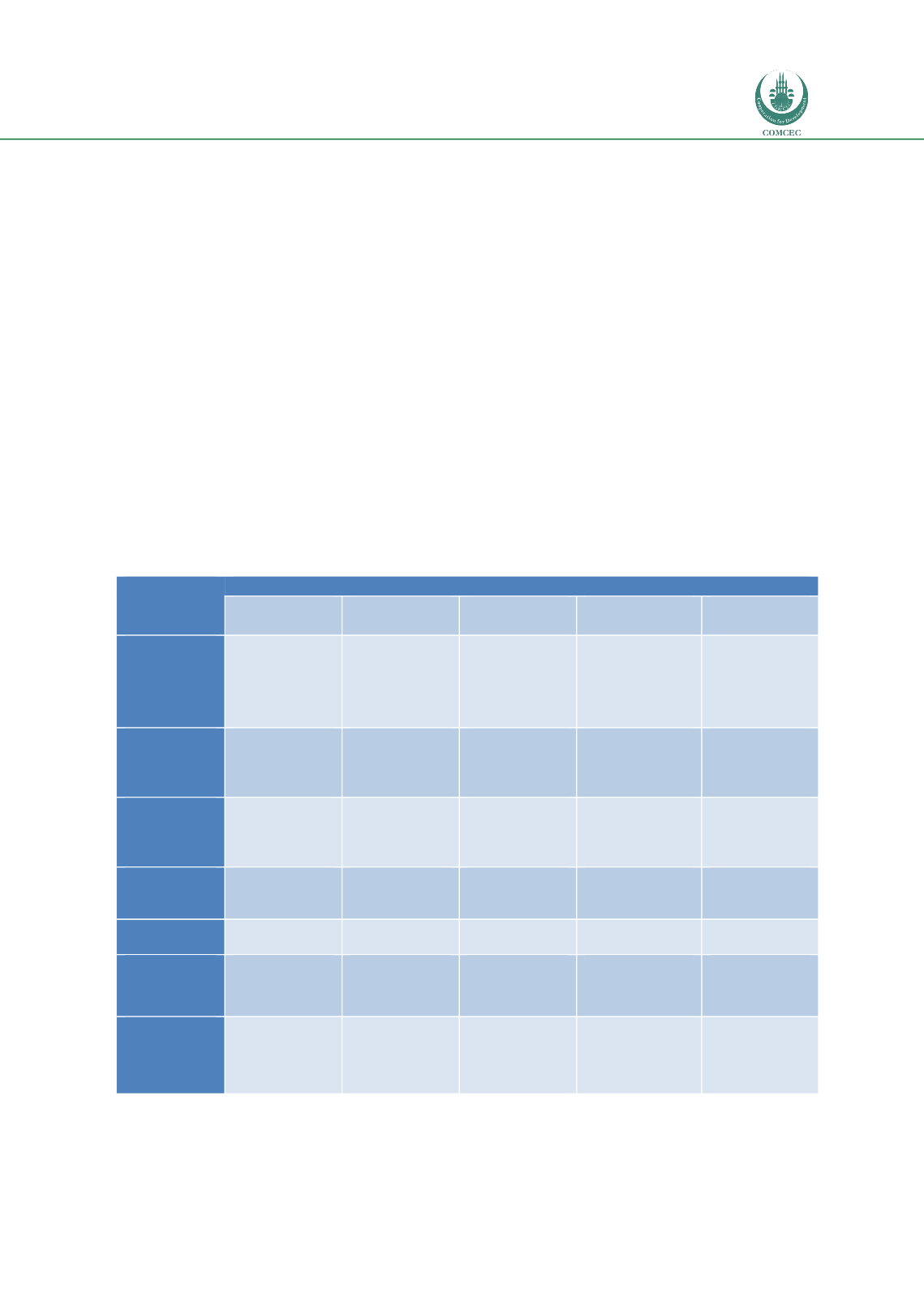

Reducing Postharvest Losses
In the OIC Member Countries
129
Gill net fishery, Tegal:
$441,000 quality loss on a potential 100% revenue of $1,757,000
Gillnet Fishery, Gunung Kidul
: $12,000 loss per vessel per year through pilferage;
$364,615 quality loss on a potential revenue of $9.1 million.
Mini Trawl, Brondong:
US$ 5 million quality loss per annum in the fishery.
While postharvest losses in the fisheries value chain varies from fishery to fishery and from
location to location, taken overall it represent a major economic loss.
At 30% (the conventional estimate of PhL) postharvest losses, cost the industry
approximately US$ 4.8 billion.
Assuming the total production from capture fisheries alone that reaches the consumer is
approximately 6 million tonnes, then 10% physical losses means that 650,000 tonnes of
fish is essentially thrown away. To put this in to context, this is more than the total annual
production from the capture fishery of Cambodia, South Africa, Namibia, Pakistan or New
Zealand!
Research currently undertaken in Indonesia through the joint Government of Indonesia and
FAO programme enumerates losses, identifies causes, and presents mitigating actions by loss
type and fishery (Table 59).
Table 59: Reasons for losses for fisheries in Indonesia
Reason for
loss
Response
Policy
Legislation
Technology
Infrastructure
& services
Skills
Poor quality
raw material
(Quality loss)
Possible
introduction of
warehouse
receipts system
Standards for
processing
Improved
procedures
Improved general
hygiene and
sanitation; access
to water; access to
ice; Access to
credit
Capacity building
for fishers and
processors;
Technology &
skills transfer
Incidental by-
catch
(Production /
Physical loss)
-
Community-
based
management
plan
-
-
-
Long net
soaking times
(quality loss,
Physical loss)
-
-
Mechanised
hauling systems;
-
Training of
fishers; Sharing
of best practice.
Poor on-shore
handling.
(Quality loss)
-
-
Use of ice and
insulated
containers
Upgrading of jetty
facilities; Access
to credit
Training of
fishers and
processors
Hygiene/
sanitation
-
Quality standards
legislation
-
Upgrading
facilities
-
Discards at
Sea (physical
loss)
-
Community-
based
management
plan
Alternative gear
types
-
-
Poor on-
board
handling
-
-
Alternative
handling
processes;
Improved quality
of ice;
Improved storage
facilities;
Improved landing
facilities.
Training of
fishers
















